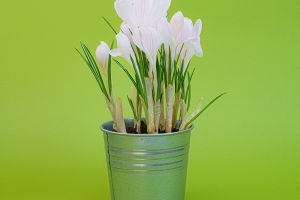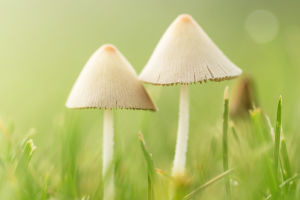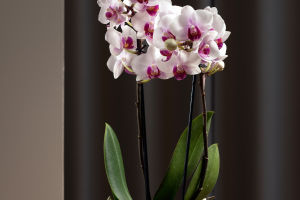Hey, Lykkers! Have you ever stumbled upon a wildflower that captures your attention?
Knautia arvensis, commonly known as the field scabious, is one such plant that delights with its unique appearance and ecological benefits.
Introduction to Knautia arvensis
Knautia arvensis is a perennial flowering plant native to Europe and parts of Asia. It thrives in meadows, grasslands, and along roadsides, often forming beautiful clusters that attract various pollinators. The plant typically grows to a height of 30-80 cm and is characterized by its distinctive rounded flower heads, which bloom in shades of blue, purple, or occasionally white. Known for its resilience, Knautia arvensis plays an essential role in local ecosystems and offers a range of benefits to both wildlife and gardeners alike.
1. Attractive to Pollinators
One of the most remarkable features of Knautia arvensis is its ability to attract a wide variety of pollinators, including bees, butterflies, and other beneficial insects. The flower heads produce nectar that serves as a food source, making them a favorite among these essential creatures.
2. Long Blooming Season
Knautia arvensis has an impressive blooming season, typically lasting from late spring to early autumn. This extended flowering period ensures that pollinators have access to food throughout the warmer months, supporting local biodiversity.
3. Edible and Medicinal Uses
Historically, parts of Knautia arvensis have been used for medicinal purposes. Some herbalists have utilized its leaves and flowers to create herbal remedies. Additionally, young leaves can be eaten in salads, although they should be consumed in moderation.
4. Adaptable and Hardy
This plant is known for its adaptability to various soil types and conditions. It can thrive in dry, poor soils where many other plants struggle, making it an excellent choice for gardeners looking to create low-maintenance landscapes.
5. Natural Habitat Restoration
Knautia arvensis is often used in habitat restoration projects because of its ability to enhance soil health and provide habitat for wildlife. Its deep root system helps prevent soil erosion and improves soil structure, making it beneficial for restoring degraded areas.
6. Attracts Beneficial Insects
In addition to pollinators, Knautia arvensis also attracts beneficial insects such as ladybugs and lacewings, which help control pest populations. This makes it an excellent addition to any organic garden.
7. Wildflower Mixes
Knautia arvensis is often included in wildflower seed mixes for creating meadows and pollinator gardens. Its vibrant blooms add color and texture, making it a favorite among gardeners aiming to attract wildlife.
8. Cultural Significance
In some cultures, Knautia arvensis has been associated with traditional practices and folklore. Its striking flowers and resilience have made it a symbol of endurance and beauty in various contexts.
Lykkers, knautia arvensis, or field scabious, is more than just a pretty wildflower; it plays a vital role in supporting local ecosystems and promoting biodiversity. Whether you encounter it in a meadow or decide to include it in your garden, this hardy plant is sure to impress. Its beauty and benefits make it a wonderful addition to any landscape, reminding us of the importance of preserving our natural flora. Happy exploring, everyone!


